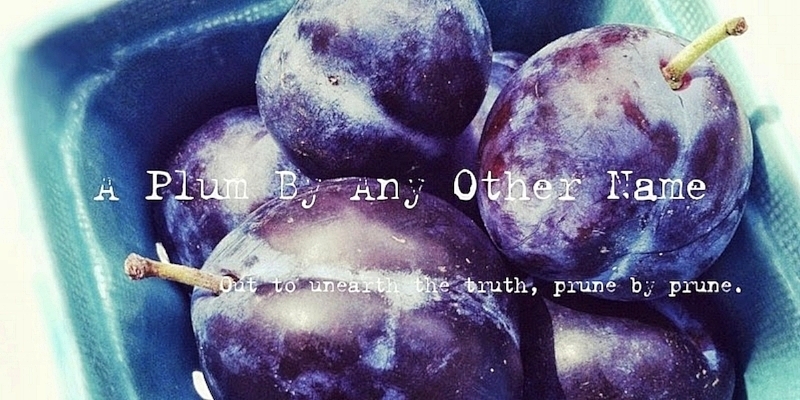Frosé the Day
I am freshly back from a vacation in the Adirondack mountains. It is the kind of place where you have to drive “into town” to get two-bar cellular service. It is also about an hour away from anything beyond what you might find at a general store. Normally, I consider these attributes charming and arrive back to the city feeling refreshed and appreciative that there is still a place with crystal clear lake water and actual video rentals you can hold in your hand.
Unfortunately, a few weeks prior I wound up in the emergency department on a Saturday evening with a posited fish and/or shellfish allergy and an allergist appointment conveniently scheduled for the end of July. The only thing worse than a definitive allergy is a probable one, especially for someone who is already prone to panic attacks and a tendency to possess anxieties that many others do not.
The trip was particularly challenging as my family had planned a festive Fourth of July menu that included a mutiny of sea creatures, featuring live lobsters plus pounds of shrimp, U-10 scallops, and cherrystone clams. Then someone forgot to pack the deli turkey that I had planned to use to make a sad sandwich for dinner. Leftovers of lobster bisque with scallops as big as cue balls and cocktail hour poached shrimp continued for days.
Events like this can make it feel like your family is subconsciously trying to kill you. And this is an unpleasant feeling, particularly when the nearest hospital is at least one House of Cards episode away and the ocean-laced refrigerator looks like Donald J. Trump himself organized it.
Too bad!
After a spread of mostly cheese, pretzels, plus a coconut cream pie found in a seafood-free Frigidaire at a local beer house, I succumbed to the realization that I was going to eat mostly garbage and an occasional prophylactic Benadryl on my vacation.
So after taking some sedatives and having a brief nap on the bow of a boat, I made some frosé. For those who have not yet had the pleasure, frosé is a delicious lipstick-colored frozen cocktail that combines the powers of rosé with that of a blender.
It is not as sweet as other similarly vacation-prone drinks tend to be. It is also quite refreshing thanks to the inclusion of lemon juice and a fresh strawberry syrup. You will want a deeply flavored wine, so avoid using any ballet slipper pink varieties or most bottles originating from Provence. They are too delicate. I have found the Mittelbach rosé from Austria, made from Zweigelt grapes, fills this role well.
Depending on the store you frequent, I recommend neglecting to mention that you are planning to freeze your wine into a semi-gentrified slushy. The owner of my local wine shop tried to offer suggestions as I attempted to covertly pick out bottles for this task. I said I did not want to reveal my intentions for fear of scorn. To which the owner replied that he was already judging me. I felt at home enough to laugh and then self-consciously wonder if he had somehow conspired with my siblings.
Anyway, the point of this story is that frosé is good and most people do, in fact, generally enjoy it—even a homicidal family with a penchant for fruits of the sea. It is also a potential source of nourishment when other available food is slim. Plus after the second or third drink you might care a little less about everything. And that’s pretty much the whole idea behind both vacations and frosé anyway.
Frosé
Adapted from bon appétit
Ingredients:
- 2 bottles (750 ml each) of deeply colored rosé
- 1 cup sugar
- 1 pound of strawberries, hulled and quartered
- 5 ounces of fresh lemon juice
- 2 cups of crushed ice
Instructions:
In a shallow metal roasting pan (or baking dish capable of fitting 50 ounces of wine), pour in the wine. Place in the freezer for at least 6 hours (it will become solid but will not completely freeze). You can do this the night before if you like.
About an hour and a half before you plan to serve the beverage, bring the sugar and one cup of water to boil in a medium saucepan. Stir occasionally until the sugar dissolves (this should only take a couple of minutes).
Add in the strawberries and remove the pan from the heat. Let sit for 30 minutes to infuse the liquid. The syrup will become bright pink.
Strain it through a fine mesh sieve into a large measuring cup. (Reserve the strawberries for another use.) Chill the syrup for 30 minutes or until cold. Add in the lemon juice.
Scrape about half the rosé into a blender, along with half of the strawberry lemon syrup and one cup of the ice. Puree until well blended.
Place the blender jar and liquid into the freezer for another 30 minutes. This will help ensure the drink is nice and icy. (If you happen to have two blenders now is the time to use them both so you can serve all the drinks at once. Alternatively, you can place the first batch into a pitcher and then blend the remaining ingredients and chill both at once.)
Blend each batch again briefly to ensure the liquid is slushy before serving.
If you only have one blender, repeat with the remaining ingredients, allowing for another 30 minutes in the freezer for the second batch.
Makes eight to ten servings
Notes:
- The original recipe made enough for four or five drinks, but I never seem to be in a place and time where that amount is all that is required, so I double the recipe and recommend you do too.







